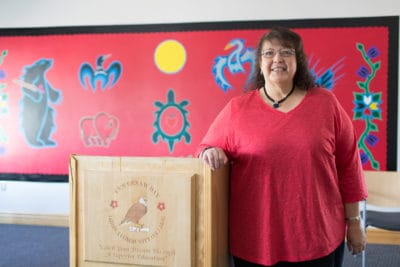
Keweenaw Bay Ojibwa Community College, L’Anse
Keweenaw Bay Ojibwa Community College recently renovated an abandoned hospital in the Village of L’Anse with a goal of creating an energy-efficient main campus facility with a comfortable atmosphere rich in Ojibwa culture. Taking advantage of incentives provided through programs offered by Village of L’Anse Efficiency United and WPPI Energy, the college upgraded its existing lighting and HVAC systems by installing demand control ventilation, an energy management system, HVAC setup/setback controls, and air handler fan variable speed drives. The upgrades are expected to save more than 26,700 therms of natural gas and 290,000 kWh of electricity per year.
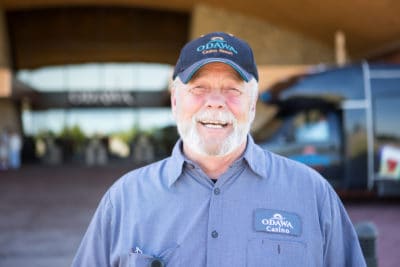
WINNER – Odawa Casino Resort, Little Traverse Bay Bands of Odawa Indians, Petoskey
The Little Traverse Bay Bands of Odawa Indians own and operate the Odawa Casino Resort. In 2015, they saved 1.3 million kWh of electricity and more than 26,000 MMBTU of natural gas by making lighting, HVAC, and computer system improvements. The upgrades included everything from replacing outdated lighting on the casino’s gaming floor and exterior with LEDs to installing HVAC frequency drives, pressure differential transducers, and energy-efficient virtual servers. These enhancements helped the tribe fulfill one of its most important responsibilities—protecting Mother Earth.
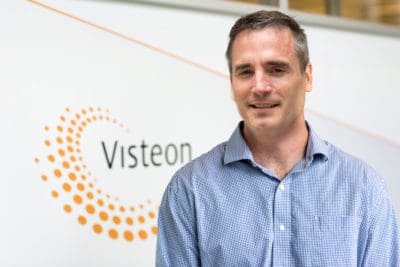
Visteon Corporation, Van Buren Township
After learning about DTE Energy’s Retro-Commissioning Pilot Program in April 2015, Visteon Corporation immediately took action. Staff analyzed energy use data at its Grace Lake Corporate Center and determined that the program could help reduce the center’s electricity consumption by about 800,000 kWh. With the help of Sieben Energy Associates, Visteon received DTE approval, completed an onsite analysis, engaged its engineers and contractors, and began implementing measures—such as making programming and setpoint changes, adjusting air handling schedules, resetting duct static pressures, and slowing down fan speeds during unoccupied hours. When staff examined results in December 2015, they were shocked. The center had actually reduced electric use by 2,000,000 kWh—two and a half times more than the original target.
BEST PROJECTS – PUBLIC
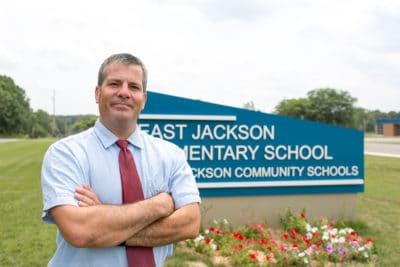
East Jackson Community Schools, Jackson
In 2013, East Jackson Community Schools began turning an old, shuttered middle school into a modern, energy-efficient elementary school building with a comfortable learning environment. Using a holistic approach to sustainability, the district examined the potential for energy savings in 19 different areas and settled on a number of high-return enhancements. In August 2015, the new school put high-output T5 lighting fixtures in its gymnasiums; added T8 lighting fixtures to classrooms, corridors, and large gathering spaces; and installed a building automation system, digital controls, and an advanced air distribution and energy recovery system. The district is eagerly awaiting the results of these most recent investments.
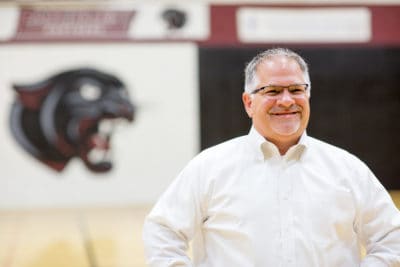
Parchment School District, Parchment
Like many school districts in Michigan, Parchment School District is always looking for ways to do more with less. Therefore, after making energy improvements in 2007 and seeing good results, Parchment decided to continue its efforts to conserve energy while improving the educational environment. In addition to addressing inefficient lighting, the district installed variable frequency drives on key fan motors, installed or recommissioned Tridium Automation Systems in six buildings, made HVAC improvements, replaced boilers, upgraded condensers, retrofitted beverage machines, and more. The district expects that its original $1.9 million investment will result in $2.2 million in energy savings over 15 years.
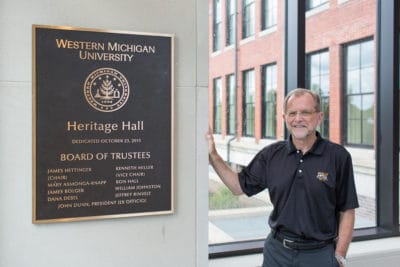
WINNER – Western Michigan University, Kalamazoo
Built in 1905, Western Michigan University’s Heritage Hall had become a liability and an energy hog. Never shying away from a challenge, the university decided to use the 110-year-old facility for its first LEED Platinum historical renovation project. The ground source heat pumps selected for the project cut energy consumption in half; the water-efficient plumbing fixtures, faucets, and flush valves reduced potable water and sewage usage by 33 percent; and the HVAC and lighting system designs lowered energy consumption significantly. The university expects all of these changes to prevent the equivalent of 124.2 metric tons of carbon dioxide from being released into the atmosphere.
BEST PROJECTS – RESIDENTIAL
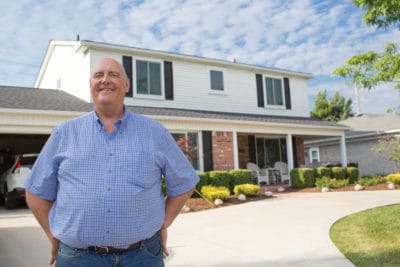
WINNER – Michael Eick, Clinton Township
Paying thousands of dollars for gas and electricity each year wasn’t sitting well with Michael Eick. Instead, he wanted to spend those funds on something he truly enjoyed. That’s why he called Active Energy Engineering—to help him identify the source of his problems and come up with cost-effective solutions. After an energy audit, Michael made 21 improvements to reduce his energy consumption and increase the comfort of his home. Among other things, he installed new windows and an energy-efficient furnace, added insulation, caulked moldings and doors, sealed duct work, and even changed his strategy for charging his electric car.
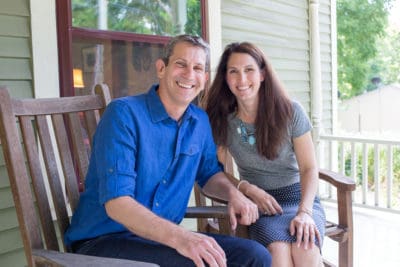
Matthew Grocoff, Ann Arbor
Matthew Grocoff had a mission—to create a home that would harvest 100 percent of its own energy and water, create zero waste, and become a restorative part of the community. To that end, in 2010, he installed an 8.1 kW solar array, which produces more energy than he consumes. In 2015, he continued his efforts by retrofitting his 115-year-old house with an induction stove and refrigerator, a heat-pump water heater, and a smart controls system. Matthew also eliminated his gas line entirely by using electric appliances and geothermal HVAC, and he no longer pays electric bills, which were previously about $350 per month. Mission accomplished!
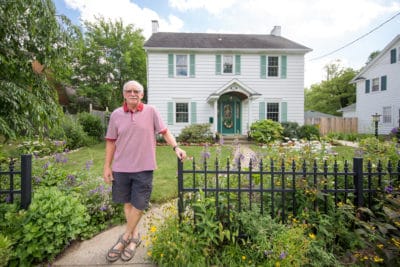
Peter McWethy, Kalamazoo
Although Peter McWethy loves his 80-year-old, two-story colonial, he was becoming increasingly frustrated with ice dam backups and temperature differences between the first and second floors. To help him identify areas of air loss and discomfort, he called on Better World Builders (BWB). After deciding which solutions to pursue, BWB sealed drafts and duct work, corrected wall insulation, sealed the attic floor, and built and insulated a new attic storage space—all with the utmost care for the integrity of the older home. Although the numbers aren’t in yet, Peter and his family expect to save about 39 MCF of natural gas and 510 kWh of electricity because of these upgrades.
BEST PROJECTS – INDUSTRIAL/MANUFACTURING

WINNER – Cargill Inc. – Cargill Salt, St. Clair
In 2015, with help from SEMCO Energy Company, Cargill Inc.—a producer of salt for the food service industry—replaced its duel-fired coal-natural gas saturated heat steam boiler and its natural gas package boiler with a single, new 284.4 MMBTU boiler rated at 175,000 pounds per hour. This change resulted in energy savings of nearly 1.2 million therms, enough to power more than 14,000 homes each year. Interestingly, the new heat and power system also enabled the company to use the steam from its back pressure steam turbine to produce most of the energy needed to meet the facility’s electric needs.
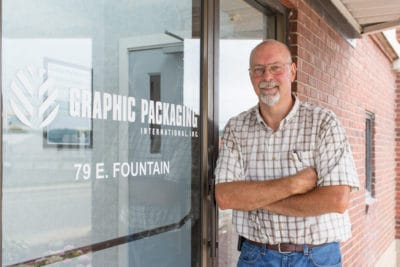
Graphic Packaging International, Battle Creek
As a manufacturer of paper for food packaging, Graphic Packaging International consumes a large amount of energy. However, improvement projects completed in 2015 are helping to turn that around. Last year, the company installed high-efficiency burners in its process steam boiler, installed a heat exchanger to preheat water entering the boiler, and made mechanical and control upgrades to increase production speed. Last year, these efforts increased production by 90 tons of paper per day and resulted in energy savings of about 2.86 million therms.
BEST PROJECTS – AGRICULTURE
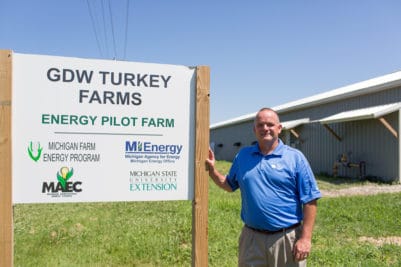
GDW Farms, Holland
Energy efficiency has been a longtime interest of Jon VanDerKolk, GDW Farms’ meticulous managing partner. He not only knows how much weight his turkeys gain in a single day, but how much energy his farm consumes—and now saves, due to $100,000 worth of upgrades. On the advice of the Michigan Farm Energy Audit Program, GDW Farms overhauled one of its four facilities—adding LED lighting, infrared heaters, ceiling fans, side curtains, insulated gable ends, and control/monitoring systems. The reward for these improvements? As the farm’s specially installed meters will tell you, the turkey growing operation has reduced gas usage by 25 percent (with a 12 percent savings on labor and parts) and electricity usage by 25 percent (with a 15 percent savings on labor and parts).
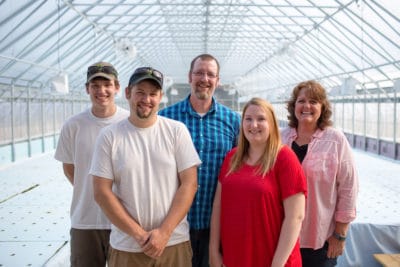
Miller Family Farm, Carney
In order to optimize growing conditions while reducing the electric bill, Rob Miller converted most of the standard high-pressure sodium grow lights in his vegetable farm’s greenhouse to LEDs. The new, more efficient lighting is expected to reduce electricity consumption by more than 82,800 kWh per year. This is just one example of the Miller Family Farm’s forward-thinking approach to agriculture. By combining aquaculture with hydroponics in a symbiotic environment (a practice commonly referred to as aquaponics), the farm has also created an innovative, closed-loop growing system that produces little to no waste.
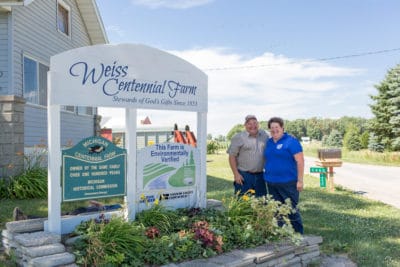
WINNER – Weiss Centennial Farms, Frankenmuth
Fifth-generation farmers Roger and Joanmarie Weiss have always been on the cutting edge when it comes to improving energy efficiency with technology. Back in 2011, they installed in-floor heating along with their automated milking system to keep their robot milker from freezing during the winter. They brought that same ingenuity to the Weiss Centennial Farms’ 2015 improvements, when they installed an industrial gasification furnace and a 5hp compressor. The new equipment should help them realize a 50 percent savings in natural gas and a 40 percent savings in electricity. The new furnace also has no smoke emission, minimal heat emission, and produces very little creosote.
CONTRACTOR OF THE YEAR
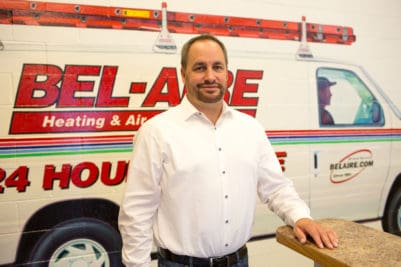
Bel-Aire Heating and Air Conditioning, Portage
Bel-Aire Heating and Air Conditioning is the largest residential heating and cooling company in West Michigan. Since 2009, it has participated steadily in utility rebate programs, helping about 13,000 Consumers Energy customers complete applications for more than $1.4 million in rebates. In 2015 alone, it served 2,000 customers, providing them with 14,000 MCF in gas savings and 130 MWh in electric savings, all while maintaining high customer satisfaction ratings.
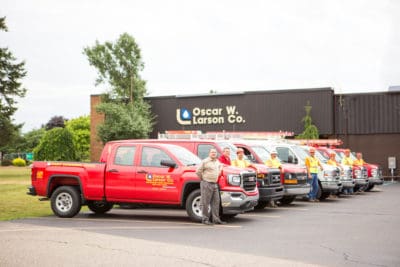
WINNER – Oscar W. Larson Company, Clarkston
Founded in 1946, Oscar W. Larson Company, which initially served just the petroleum industry, now also serves the automotive, airline, marine restaurant, convenience store, and service industries. In 2015, the company helped 83 small-business customers in Southeast Michigan submit applications to the DTE Energy Efficiency Program for Business. Twelve of those 83 customers also received a 20 percent Multi-Measure Bonus, because the firm provided them with energy-efficient lighting products and food service equipment. Altogether, the company has helped DTE Energy customers save over 2 million kWh of electricity and reap more than $284,000 worth of incentives.
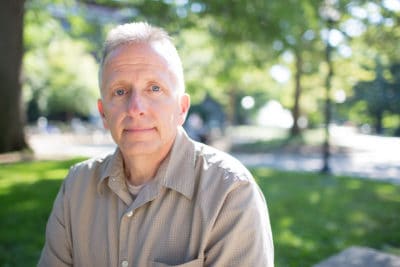
Performance Engineering Group, Livonia
Throughout 2015, Performance Engineering Group (PEG) worked with DTE Energy’s and Consumers Energy’s commercial and industrial customers to identify incentives and make energy improvements. That included helping a large church replace an old boiler system with a new, hybrid efficiency system; helping a school obtain a correctly sized boiler, which reduced their total planned investment by 50 percent and resulted in energy savings of 700 MCF and 40,000 kWh; and helping a third customer substantially reduce pumping horsepower while improving water pressure on the building’s top floors, which saved about 52,400 kWh. In total, during 2015, PEG saved its customers more than 122,600 kWh.
BEST COMMUNICATION OR EDUCATION PROGRAM
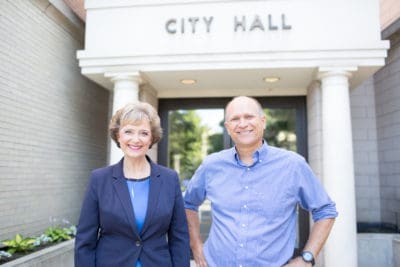
City of Holland, Holland
The City of Holland has an ambitious plan—to reduce energy consumption by 50 percent over the next 35 years. To achieve that goal, it is using innovative approaches to educating the public, including piloting a miles per gallon (MPG)-like label that shows an existing home’s energy cost score so owners know when and where to make improvements. The city also gave out LED lights, nest thermostats, low-flow devices, and furnace tuneups for free; helped pass on-bill financing for municipalities; and trained youth ambassadors to go door-to-door to educate homeowners about energy efficiency. In 2015, the city experienced a 6 percent reduction in residential gas use and a 12 percent reduction in municipal gas use. It also saw small reductions in the consumption of electricity.
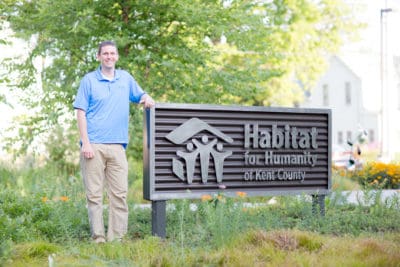
WINNER – Habitat for Humanity of Kent County, Grand Rapids
Habitat for Humanity of Kent County (HHKC) believes that collaboration is key to educating people about the importance of energy efficiency. As a result, the organization is partnering with Grand Rapids Public Schools to teach high school students how to build LEED-certified homes and with Grand Rapids Community College to run LEED-certified home construction, green remodeling, and sustainable residential design programs. In 2015, HHKC also reached more than 33,000 other audience members, volunteers, and homeowners with energy reduction messages. Compared to previously built homes, today’s HHKC houses save about $133 per year on gas and $98 per year on electricity.
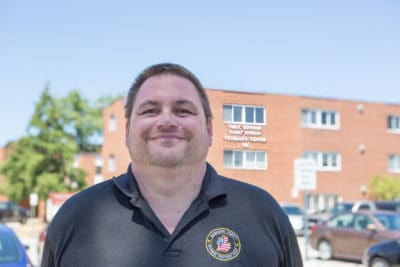
Muskegon County Department of Veterans Affairs, Muskegon
In recent years, Muskegon County has partnered with DTE Energy to provide benefits to low-income DTE natural gas consumers in the county. In fiscal year 2015, the county also partnered with West Michigan Veterans Inc. (WMVI) to expand the energy assistance program to four additional counties, with a primary focus on helping veterans. WMVI also staffed the program with disabled veterans. In fiscal year 2015, the expanded program helped serve more than 300 veterans in the five-county service area and tuned up or replaced 451 furnaces/boilers.
INNOVATOR OF THE YEAR
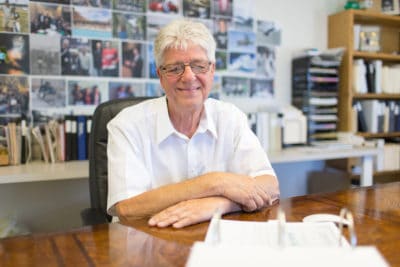
WINNER – Dennis Schultz—Terra Caloric, Alpena
Dennis Schultz saw a problem: the upfront costs of conventional geothermal systems were preventing those who needed them most—rural homeowners without access to natural gas lines—from purchasing them. Fortunately, Dennis also had a solution: these same homeowners had access to water from household wells, so he designed a pump that could extract enough energy from two gallons of water to offset most homes’ fossil fuel consumption. In 2015, Terra Caloric—a Michigan Saves authorized contractor—installed Dennis’ Well-Connect geothermal heat pumps in 26 Michigan homes, reducing average annualized propane use by 23,400 gallons. The pump can be installed in one day at a quarter of the cost of traditional systems.
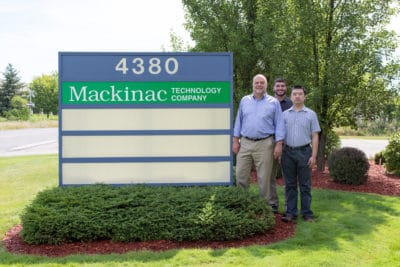
John Slagter—The Mackinac Technology Company, Grand Rapids
Like many entrepreneurs, Jon Slagter started with a big idea and a small office. He wanted to make a retrofit insulation system that would give windows the same insulation value as well-insulated walls while maintaining clear, unobstructed views. Working from his home office, Jon learned how to raise funds and establish partnerships with key organizations. As a result, the U.S. Secretary of Energy recently announced that The Mackinac Technology Company had been awarded a $2.5 million contract from Advanced Research Projects Agency-Energy to complete development and bring Jon’s product to market. It has the potential to reduce energy usage in buildings by 60 percent.
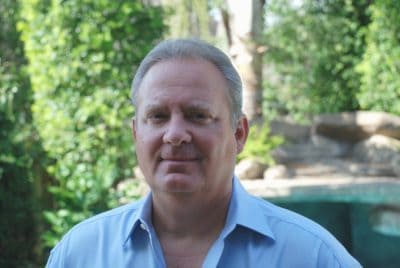
Venntis Technologies, LLC, Holland
When developing its unique line of lighting products, Venntis Technologies had two goals—to give greenhouse and vertical farm growers the lighting they need to maximize quality and production and reduce the amount of energy consumed and dollars spent. Two product lines in particular helped them achieve this goal: the Broad Grow Spectrum, which helps produce the highest quality crops as efficiently as possible, while reducing power consumption by up to 70 percent, and the Night & Day Management Light Spectrum, which allows growers to simulate long-day perception and control the timing of flowering. In 2015, these lighting systems enabled Michigan growers to save about 160,000 kWh of electricity.

